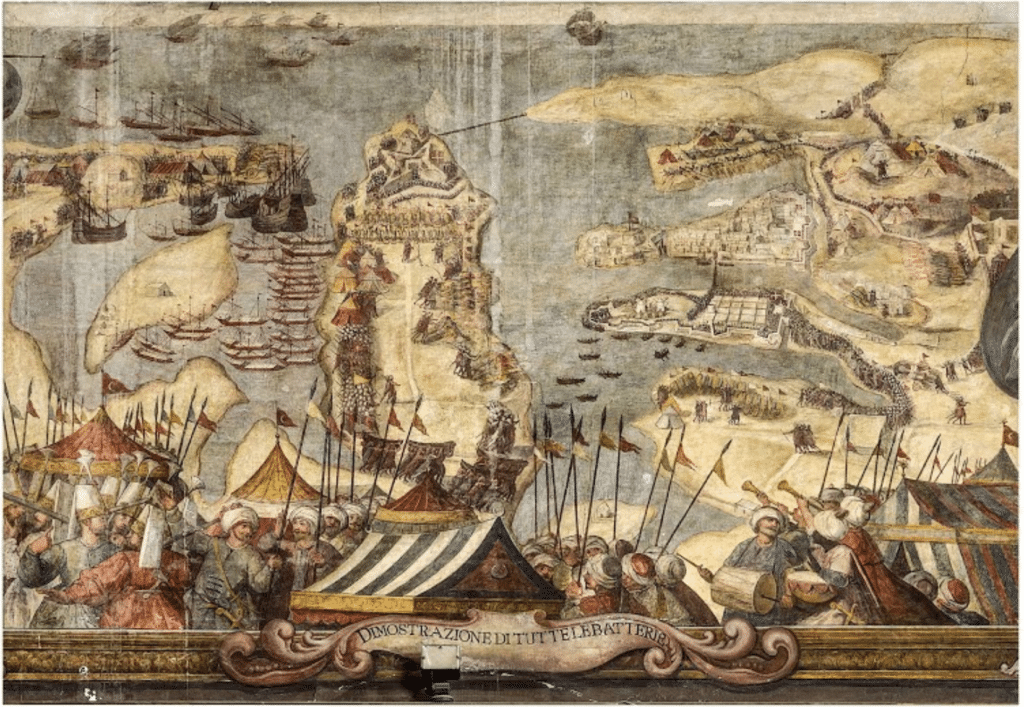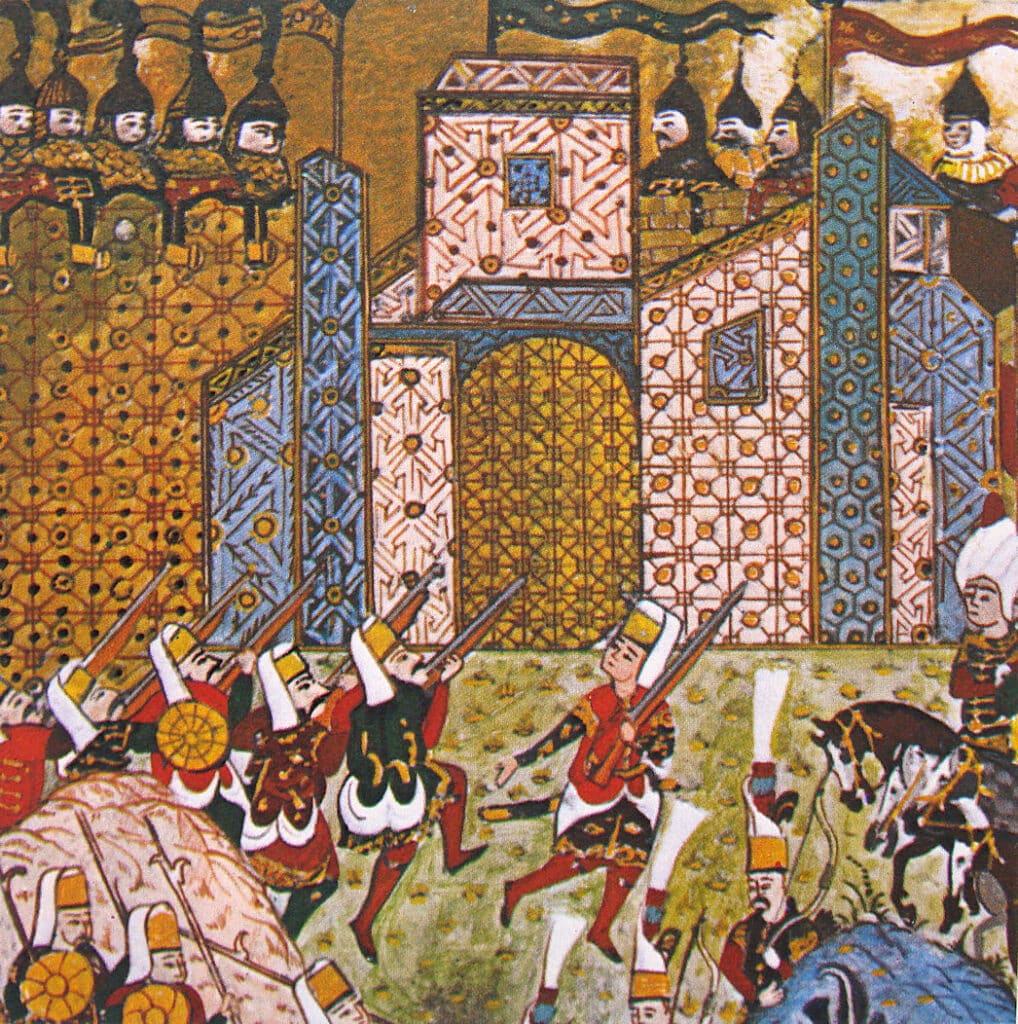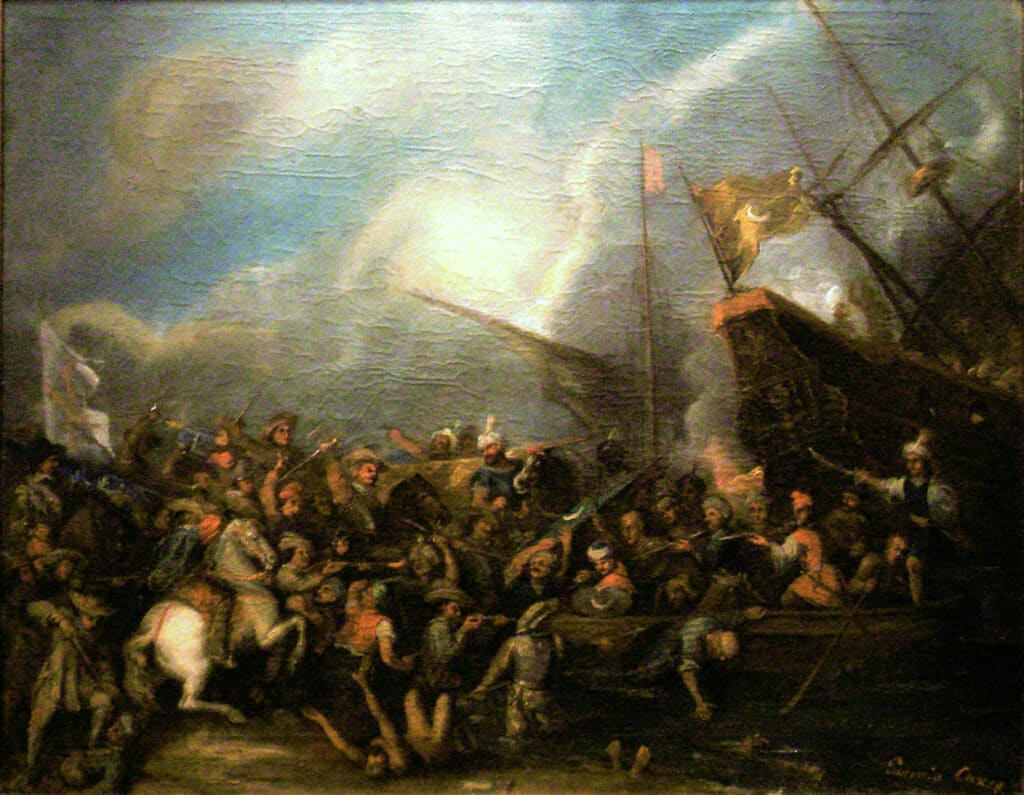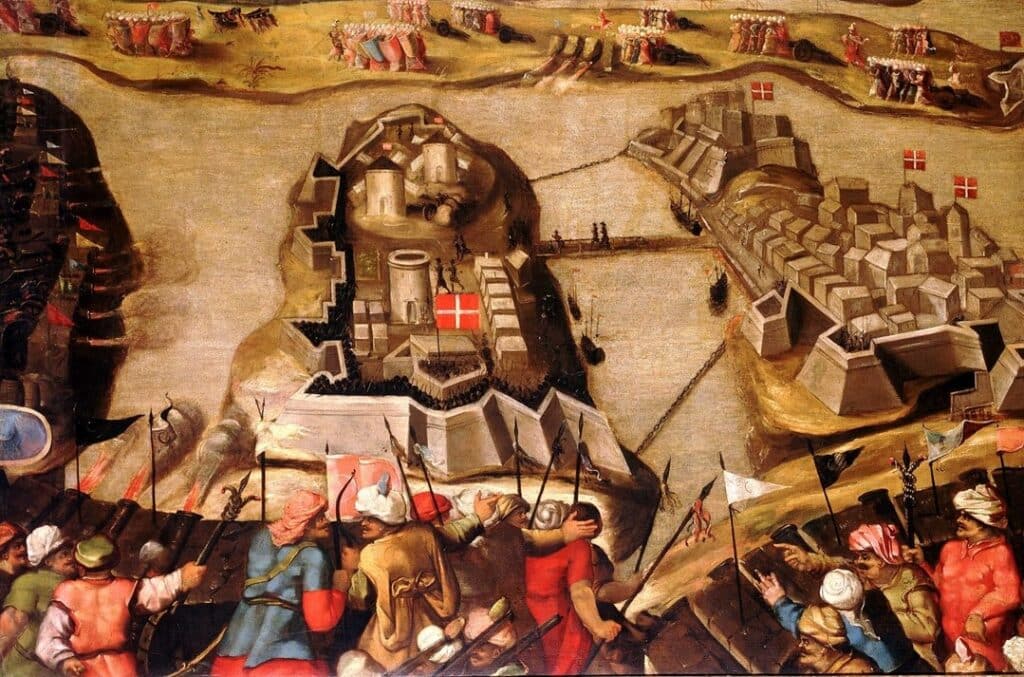This Week in History recalls memorable and decisive events and personalities of the past.
18th May 1565 – The Great Siege of Malta begins

On 18 May 1565, the 40 000-strong army of the Caliph, Amir al-Mu’minin, the Custodian of the Two Holy Mosques, the Kayser-i Rûm, the Khagan, known in the West as Suleiman the Magnificent, laid siege to the fortress of Malta.
The fortress was garrisoned by a force of knights from the Hospitaller order as well as Italians, Spaniards, Greeks and local Maltese people who, by the end of the siege, numbered only 6 100, if you include their slaves and servants. At stake was dominance of the Mediterranean and, potentially, control of the island of Sicily.
The Ottoman Empire in 1565 was at the height of its power; its armies had conquered large parts of the eastern Mediterranean world, and for the past few decades it had been engaged in a great struggle with the various Christian powers for dominance of the region.

In 1522, Suleiman the Magnificent had managed to drive the Knights Hospitaller from their base on the Greek island of Rhodes off the Anatolian coast.

The six-month siege had ended with the knights being allowed to withdraw in exchange for handing over the fortress without more bloodshed. This had been a great victory for the Ottomans, as the knights and their Christian allies had for many years used the island as a base of operations for piracy and slaving across the Ottoman Empire. With its capture, one of the last remnants of the crusades had been driven from the Mediterranean.
The now homeless order had been offered a base on the island of Malta by the Kings of Spain who sought to use the knights to guard their southern flank against Ottoman-backed corsairs operating from North Africa, corsairs who mirrored their knightly counterparts in raiding and slaving across the Christian world.
In 1551, an Ottoman-supported North African corsair by the name of Dragut, launched an invasion of the island with 10 000 men and briefly laid siege to the knights’ fortress there.

After a few days, however, he abandoned the siege and attacked the nearby island of Gozo, overcoming its defenders and enslaving almost all of its 5 000 inhabitants, who were dragged off to the slave markets of North Africa.
The knights believed the Ottomans’ return to the island was imminent and so began the construction of several more forts, as well as the strengthening existing forts. The knights based their defence around Fort Saint Angelo, and built two new forts nearby, called Fort Saint Michael and Fort Saint Elmo, which would prove vital during the coming siege.
No invasion arrived in the immediate aftermath of the attack on Gozo, and so the knights continued to build their strength on Malta. In May of 1560 a Spanish fleet sent to attack Dragut’s fleet was surprised and shattered by a corsair ambush. With the main Christian fleet broken, the way was open for an attack on Malta. In August of 1560 the leader of the knights called back all members of the order to the Malta fortress.
The Ottomans did not immediately follow up their victory with an invasion, but finally deciding to destroy the knights in 1564 when a Hospitaller ship captured an Ottoman ship that belonged to a high-ranking Ottoman eunuch which was carrying the governors of Cairo and Alexandra as well as a former nurse of one of the Sultan’s daughters.
On 18 May 1565 the Ottoman fleet arrived off of the coast of Malta and made landfall the next day. The knights had already made preparations for this and had taken all food on the island within their forts and poisoned all the wells across the countryside.
The Ottoman army began their attack on the small fort of St Elmo on 27 May after establishing a camp and scouting the rest of the island.

The Ottomans thought the fort would fall in a few days under the heavy bombardment of their cannons, placed on a nearby ridge, but the knights and the local Maltese fought ferociously and the Ottomans made slow progress.
Finally on 23 June a final massive assault on the fort secured its capture and the 1 500 men defending it were massacred almost to a man. The Ottoman general had the bodies of the men killed decapitated and floated on mock crusifixes across the bay towards the other Hospitaller forts.
News of the siege had prompted action across Europe at this time, and the various Christian powers were putting together a force to relieve the knights, but this would take time.
The Ottomans next turned their attention to the forts of Saint Michael and Saint Angelo, separated from each other by a narrow inlet.

Throughout July and August, the Ottomans tried numerous attacks on both forts from land and sea, but all these failed, and Ottoman morale began to weaken.
As the winter approached, the Ottoman army decided to march inland and winter at the small Maltese town of Mdina. However, the townsfolk, despite being poorly defended and low on ammunition, fired their cannons at very long range at the Ottomans. The Ottomans, thinking this could only be due to the town’s having excess ammunition, retreated towards the coast, with ever lower morale. By early September the Ottomans began planning their departure, as their force had been severely weakened by fighting and disease.
As the Turks plotted their withdrawal, a relief force of Spanish and Italian troops arrived on the island. Some of the more zealous of the newly arrived troops began an attack without orders, which led to a battle that saw many of the Turks massacred.
The Ottoman troops finally withdrew from the island on 13 September.

While the Ottomans would continue to be a great threat to the kingdoms of Europe for years to come, even laying siege to Vienna in 1683, many historians point to the failed siege of Malta in 1565 as the high-water mark of Ottoman power.
If you like what you have just read, support the Daily Friend

